Puglia has always drawn me in with its quiet beauty, those quirky trulli homes, and a comforting sense of tradition. Sure, the crowds rush to famous places like Alberobello, but honestly, I’m far more interested in the lesser-known paths. The winding lanes and tiny villages reveal the real heart of Trulli Land, far from the busiest tourist sites.
As I wander these quieter corners, I breathe in crisp air and see olive groves stretching forever. Locals greet me with warm smiles and sometimes even invite me in for a home-cooked meal. These are the moments where I truly feel Puglia’s spirit, miles from bus tours and souvenir shops.
If you’re itching to get beyond the usual stops, Puglia has endless ways to experience authentic Italian life. Let me take you to places where tradition is alive and trulli villages have stories that go way beyond the postcard scenes.
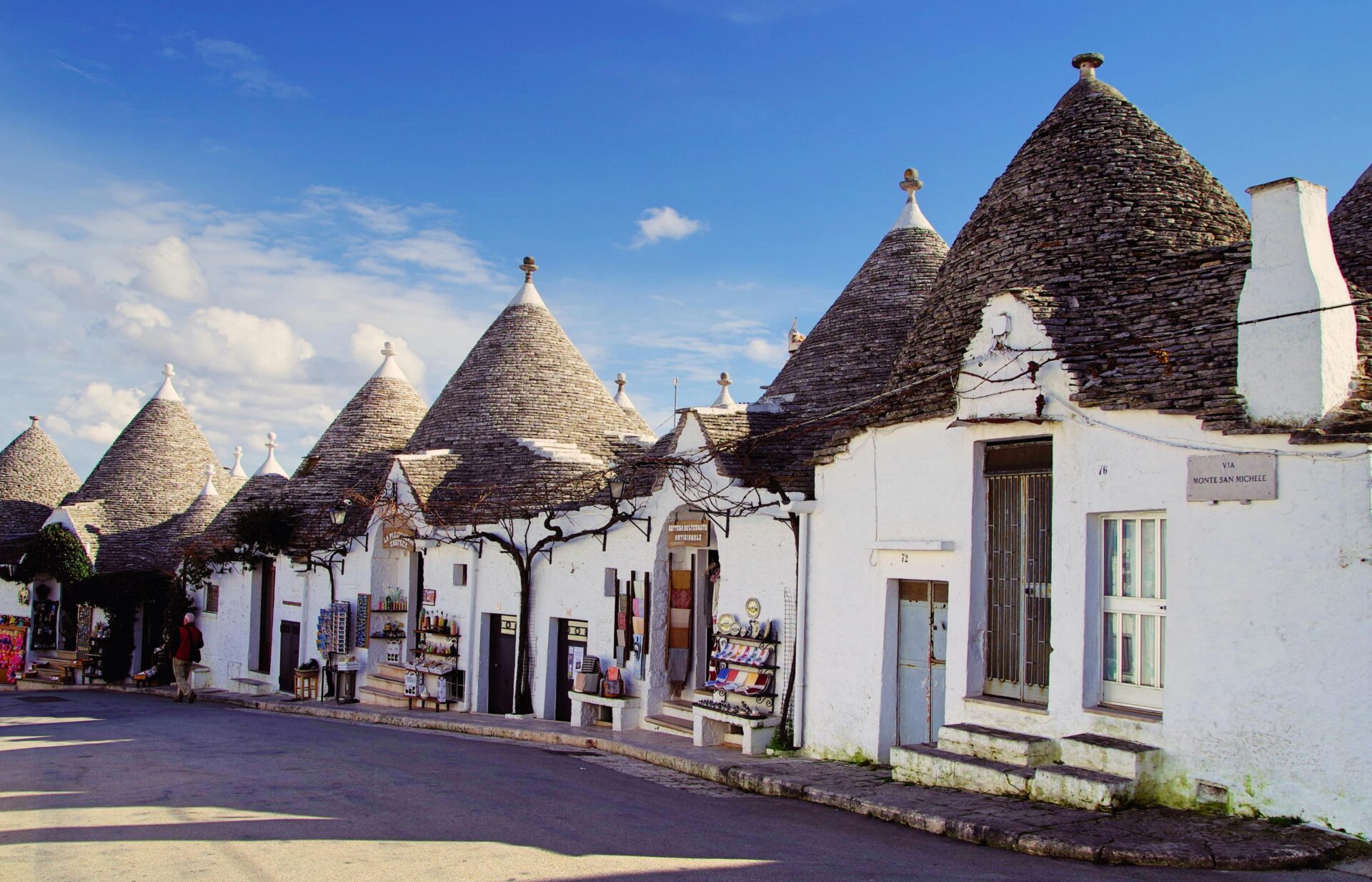
Getting to Know Trulli Land: Essential Background
Down in southern Italy, Puglia’s famous Trulli houses stand out as striking pieces of local history and culture. These unique homes and the lively atmosphere attract visitors from all over, but honestly, there’s a lot more to discover than what you see at first glance.
History and Origins of Trulli
The first time I wandered through Alberobello, those iconic whitewashed Trulli stunned me. These quirky round houses with pointy roofs have stood here for centuries. People built them using dry stone, without any mortar, which apparently goes back to old farming customs. Some say folks could dismantle them quickly to dodge taxes, but who really knows? The stories vary.
Trulli show off the cleverness of southern Italy’s rural communities. Families gathered limestone from the land and stacked it into thick walls, keeping homes cool during blazing Puglia summers. Over time, neighborhoods like Rione Monti and Aia Piccola grew, giving the town its distinct look.
Alberobello stands as the most famous Trulli town and has earned UNESCO World Heritage status. When I explore these neighborhoods, I’m reminded how history and tradition shape everything—from architecture to the daily rhythm of life.
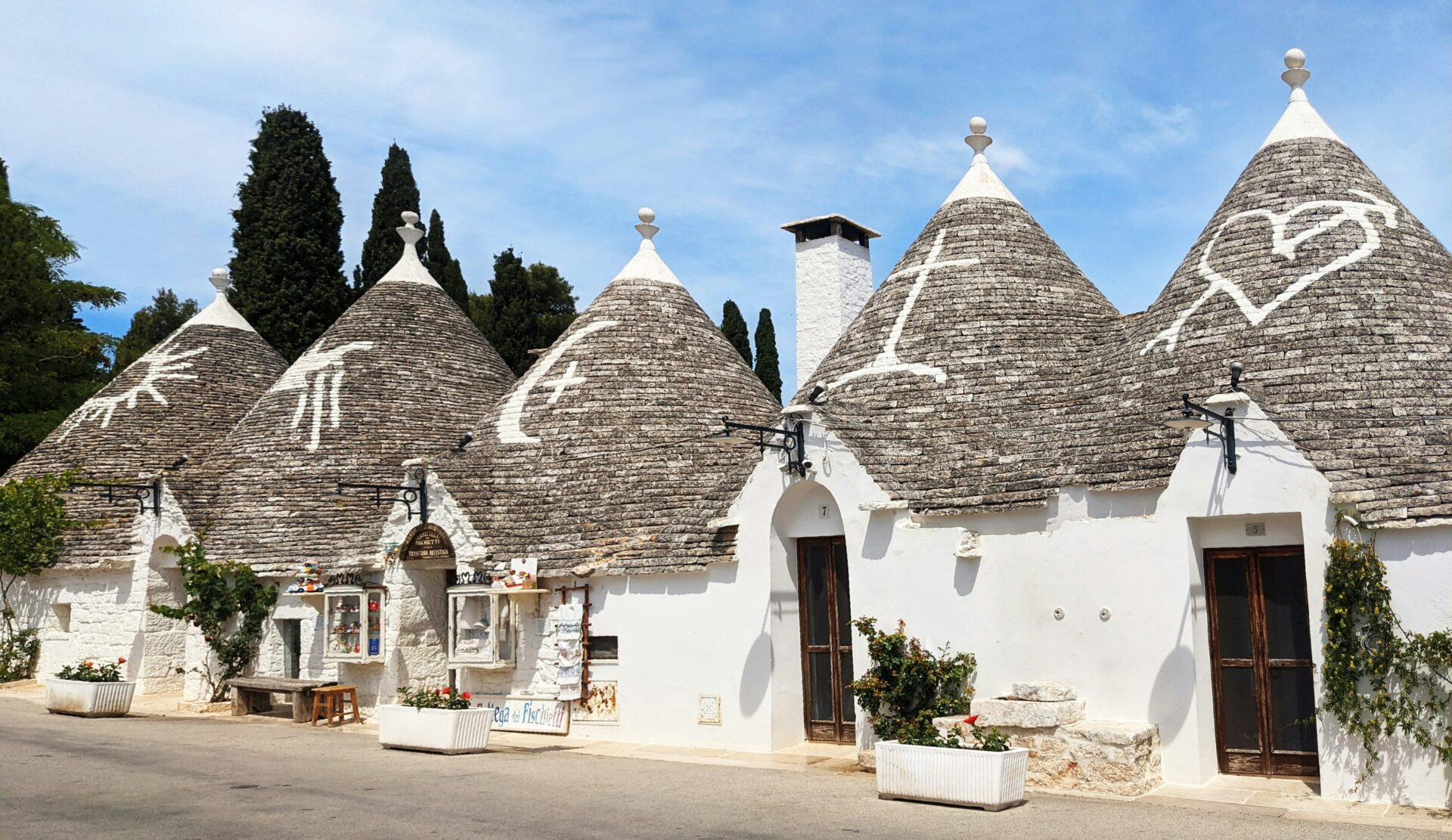
Why the Crowds Flock to Puglia
Lately, more and more travelers have found their way to Puglia, especially as places like Rome and Venice get packed to the brim. People come here for authentic small-town life and those dreamy southern landscapes: olive trees as far as you can see, gentle hills, and endless Adriatic coastline.
Alberobello’s Trulli play a huge part in that draw. Their fairy-tale look makes for perfect photos, and UNESCO status gives them worldwide fame. Tour groups usually stick to the main streets, but I discovered that just a few blocks away, quieter lanes offer a glimpse of real, everyday Trulli life.
Beyond Alberobello, Puglia dishes up unique food, local festivals, and genuinely friendly communities. Tourism keeps growing, and I get why. But when I veer off the main tourist routes, I find a slower pace where the cultural richness of southern Italy really shines.
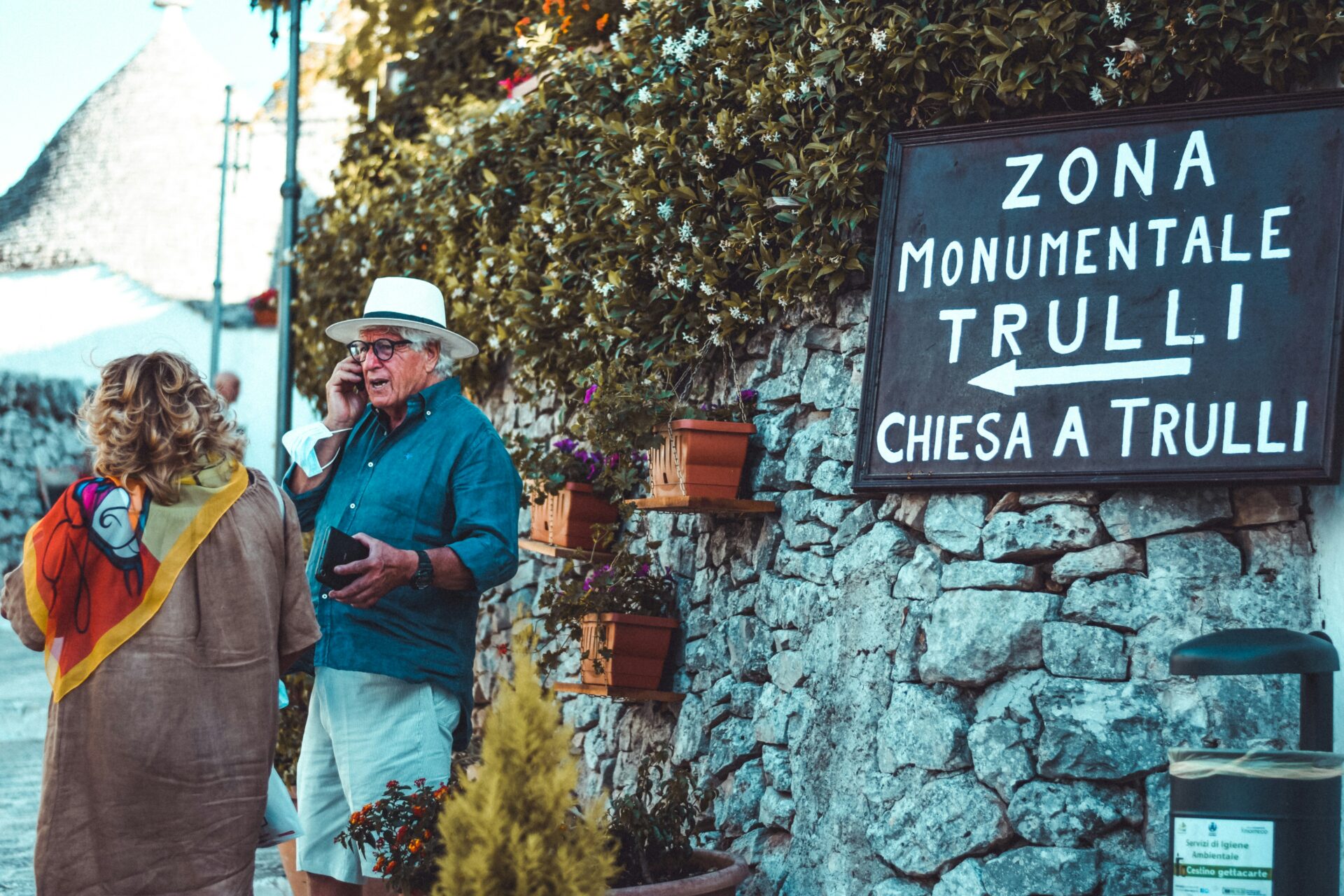
Finding Authentic Corners Away from the Crowds
Trulli Land is so much more than the big-name sites. I’ve stumbled into lesser-known villages, peaceful walking paths, and green spaces that really capture the spirit of the region.
Hidden Trulli Villages Beyond Alberobello
Alberobello’s famous trulli draw busloads of visitors, but honestly, my favorite memories come from smaller, quieter villages like Locorotondo and Cisternino. These towns welcome travelers but never feel crowded, not even in peak summer. Their stone streets and whitewashed trulli seem unchanged, and locals always nod hello as I pass.
In Locorotondo, I stayed with a family in a little trullo right in town. Mornings started with birdsong, not tourist chatter. Nearby bars and bakeries offered homemade focaccia and local olive oil, and I barely saw another tourist.
Tip: If you’re skipping a rental car, check train connections among these villages. The trains run surprisingly well and make travel easy.
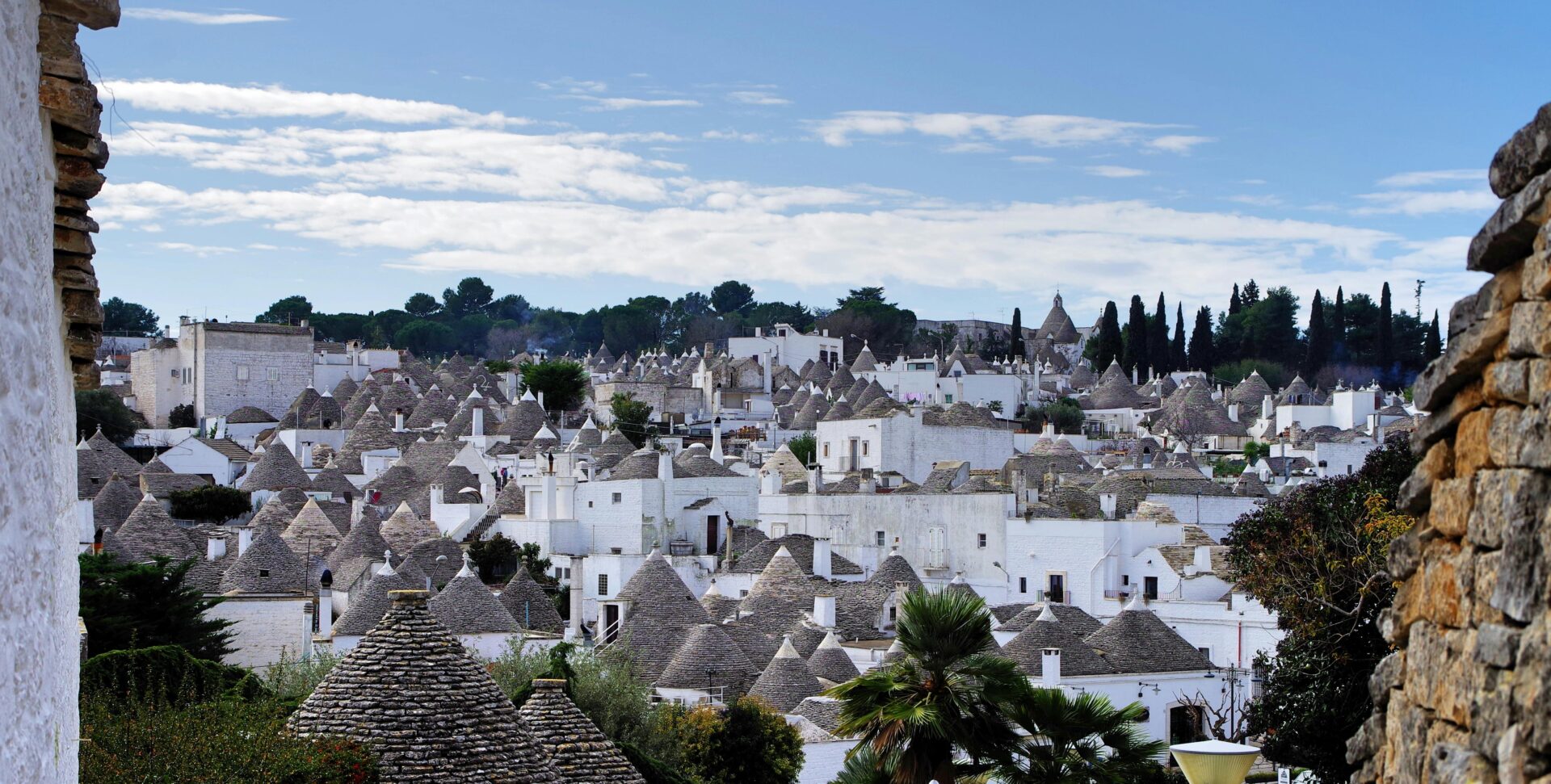
Walking Distance Wonders: Exploring Lesser-Known Spots
I love stepping away from the main piazzas and wandering just outside the center. In Martina Franca, for example, narrow lanes wind into the countryside. Locals pointed me to a path running past old stone walls and dry fields filled with wildflowers and olive trees.
Everything felt peaceful, and I didn’t bump into another visitor for ages. These short trails often lead to tiny chapels, abandoned trulli, or family gardens overflowing with citrus trees. You don’t need a car—most walks are marked with simple signs.
Here’s what helped me make the most of every walk:
- Distance: Usually 1–3 km from the center
- Highlights: Old olive presses, secret gardens, hidden trulli
- Packing tip: Always bring water and sunscreen
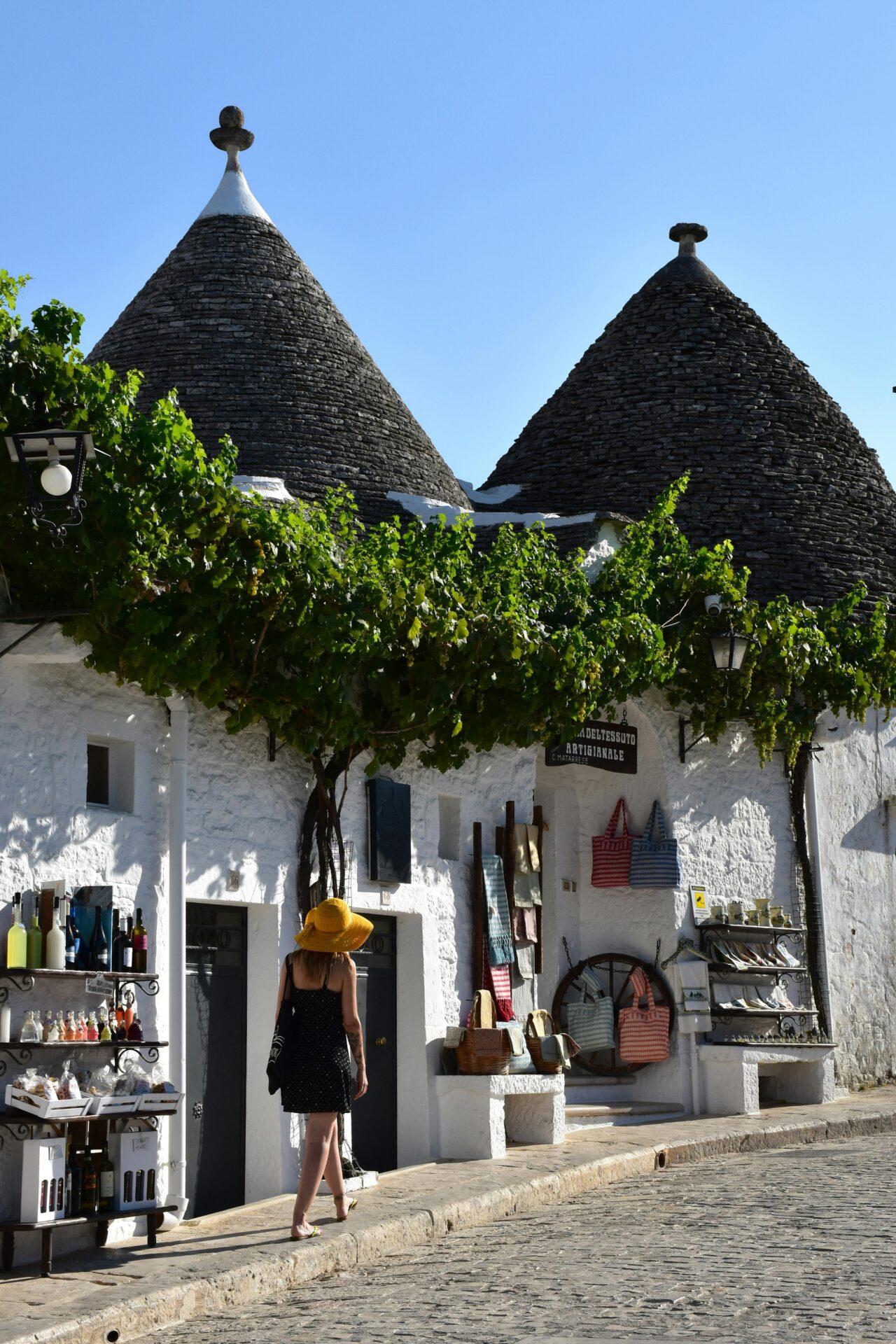
Uncovering Olive Groves and Secret Gardens
Some of my favorite finds were the ancient olive groves. South of Alberobello, olive trees twist and turn for miles. Many families still grow olives just like their grandparents did, pressing oil in old-school mills you can sometimes visit if you call ahead.
Once, I wandered into a private garden, not realizing it was open to visitors. The owner waved me in and showed me around, explaining the different olive trees and herbs. I learned more in half an hour than I ever could from a brochure, and I left with a small bottle of golden olive oil.
Most of these gardens and groves don’t advertise themselves. Ask around in local bars or markets—sometimes the best spots are open only if you know the right person.
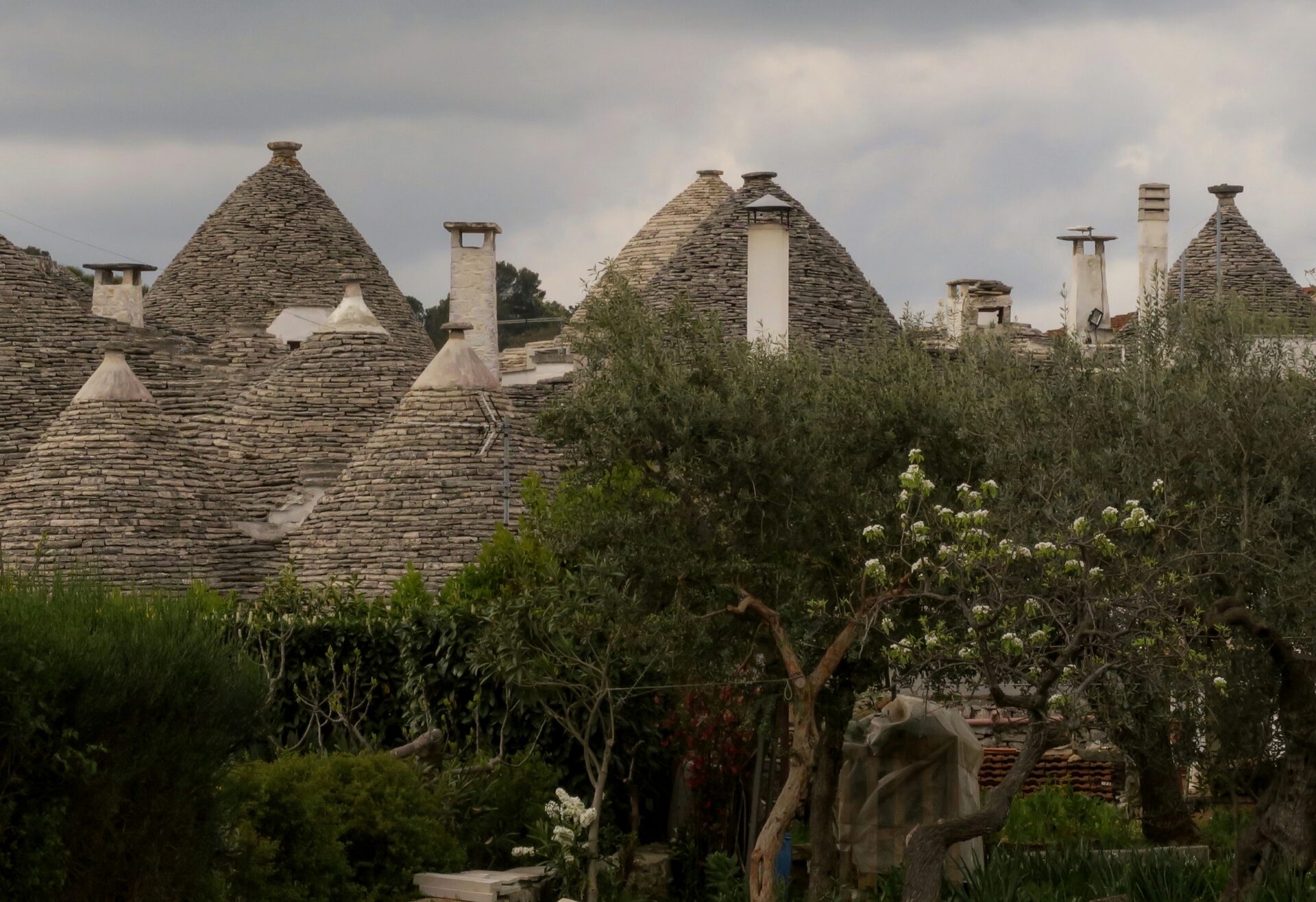
Cultural and Culinary Immersion in Puglia
Puglia’s charm runs deeper than its stone trulli and sleepy towns. Tasting local flavors, picking out real souvenirs, and joining local celebrations all opened doors to the region’s true character.
Sampling Local Flavors and Olive Oil
Eating in Puglia is a journey in itself. Local bakers put out crusty pane di Altamura, and farmers’ markets overflow with tomatoes, mozzarella, and figs.
One of my best stops was an olive oil mill near Alberobello. I watched workers press fresh olives into golden oil. Tasting it straight from the “frantoio” is something I’d recommend to anyone. The oil’s peppery kick and fresh aroma set it apart from anything you’ll find in a supermarket.
Here are a few must-try local foods:
- Orecchiette pasta
- Burrata cheese
- Focaccia Barese
- Fresh seafood from Saturday markets
Eating well here is easy, and the small trattorias really care about clean kitchens and local, safe ingredients.
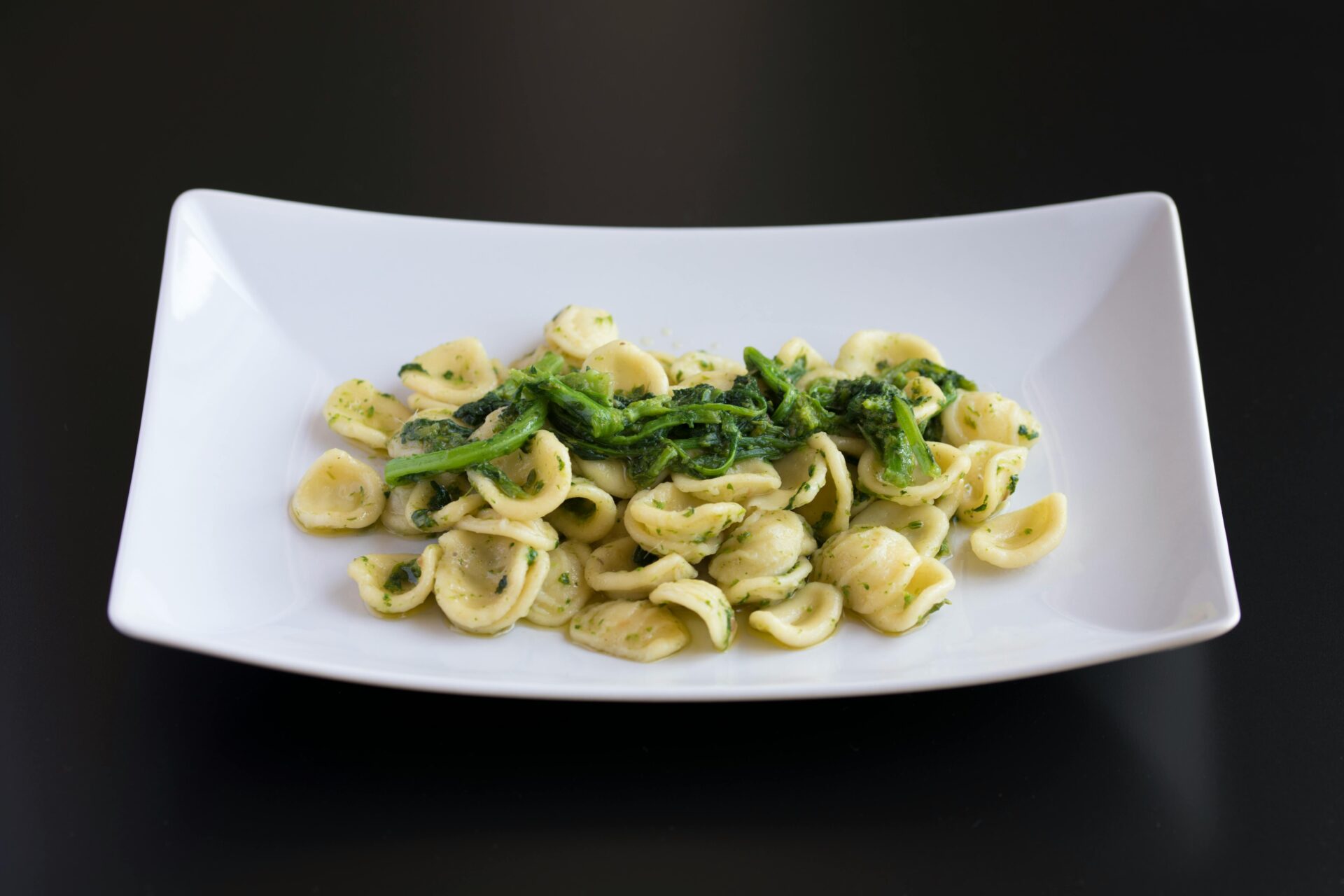
Authentic Souvenirs and Artisan Crafts
Shopping for souvenirs in Puglia means skipping the touristy shops and finding handmade treasures. Small workshops in Locorotondo and Martina Franca sell hand-painted ceramics and woven baskets.
I like buying straight from the artisans. Watching a potter in Grottaglie shape a vase or seeing mosaics made from local stone feels special. The quality’s better, and these pieces last—they actually remind me of my trip every time I use them.
Popular souvenirs include:
| Item | Where to Find |
|---|---|
| Painted ceramics | Grottaglie |
| Linen tablecloths | Ostuni markets |
| Olive wood utensils | Local farm shops |
| Woven baskets | Martina Franca |
Hunting for souvenirs here feels like connecting with local life, not just grabbing a trinket.
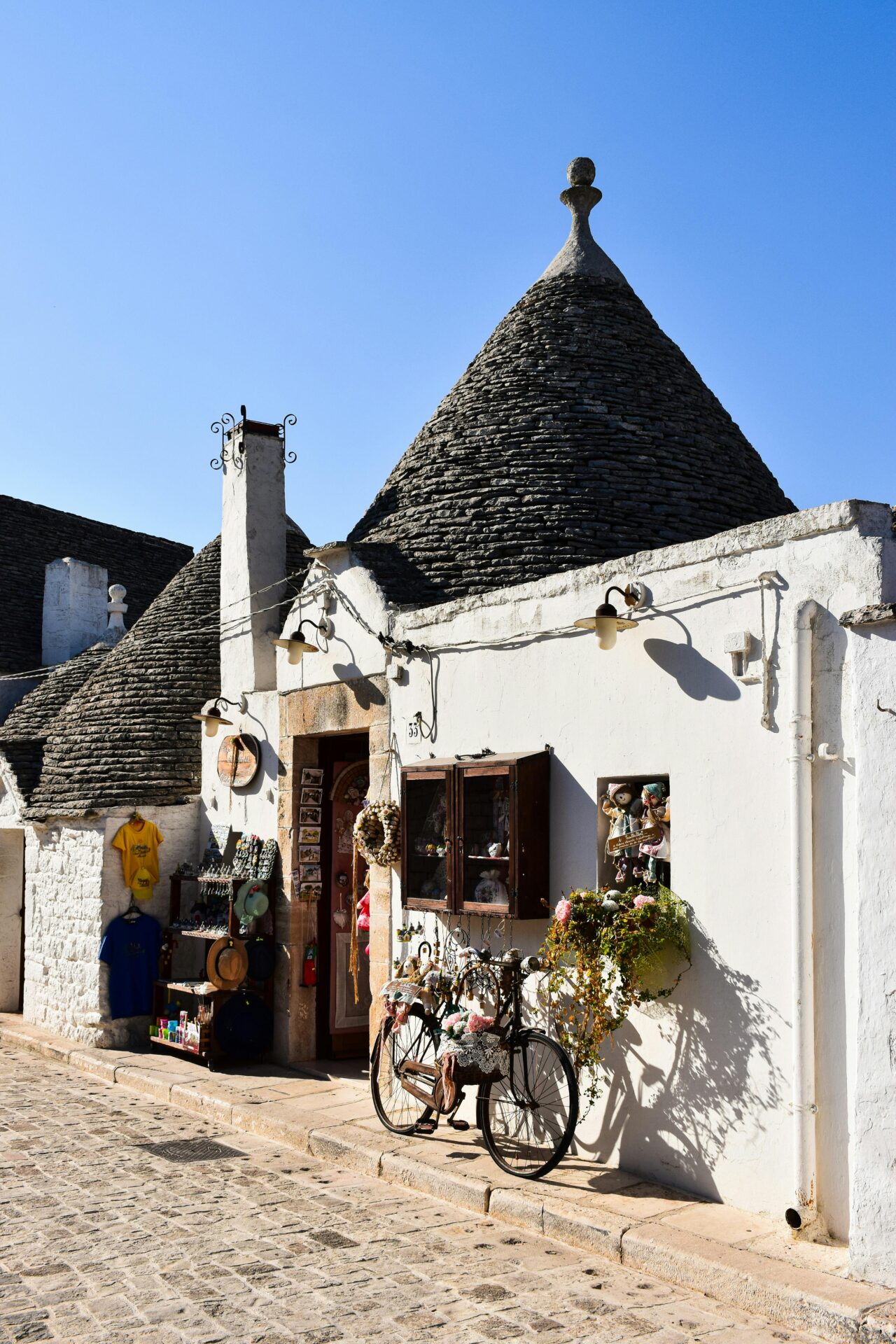
Engaging with Local Traditions and Festivals
Puglia’s calendar is packed with festivals that keep traditions alive. In summer, everyone celebrates the “Sagra delle Orecchiette” with music and bowls of homemade pasta. During the “Festa di San Rocco” in August, lanterns, parades, and folk dances fill the streets.
Visitors are welcome—no need to stand on ceremony. I’ve shared tables at big outdoor feasts, tried a few dance steps, and heard the stories behind each event. Volunteers organize everything, and they really care about public health and keeping things clean, with handwashing stations and fresh, safe food.
These genuine moments made me feel like I was part of Puglia’s daily life, not just passing through.
Charming Nearby Destinations to Enrich Your Journey
Exploring the trulli houses is amazing, but the region has so much more to offer. Beyond Alberobello, other towns bring rich history, beautiful coastlines, and great food. You can reach them by train, car, or even budget flights into local airports.
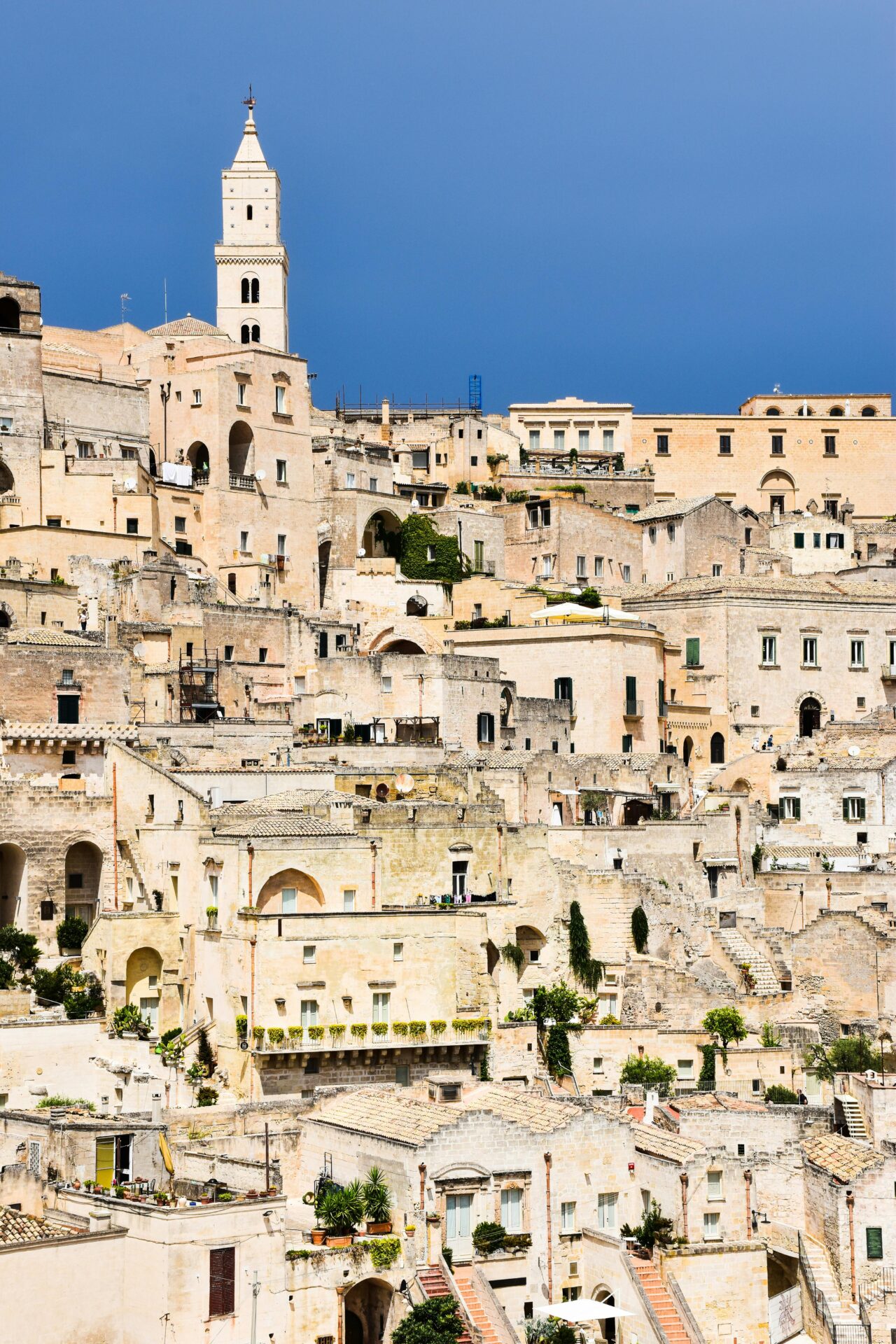
Exploring Lecce’s Baroque Beauty
When I wandered Lecce, I felt surrounded by art at every turn. People call it the “Florence of the South,” and the old town is packed with Baroque buildings.
Walking past Piazza del Duomo, the Lecce Cathedral’s carvings and columns stopped me in my tracks. The Basilica di Santa Croce, with its wildly detailed facade, is a must—its stonework tells stories from centuries ago.
Little cafés serve pasticciotto, a pastry with custard that’s perfect for an afternoon treat. The golden buildings seem to glow in the sunshine. Evenings are lively, with students and families filling the squares. If you love history and architecture, Lecce is a goldmine, with plenty of cozy spots to rest and snack.
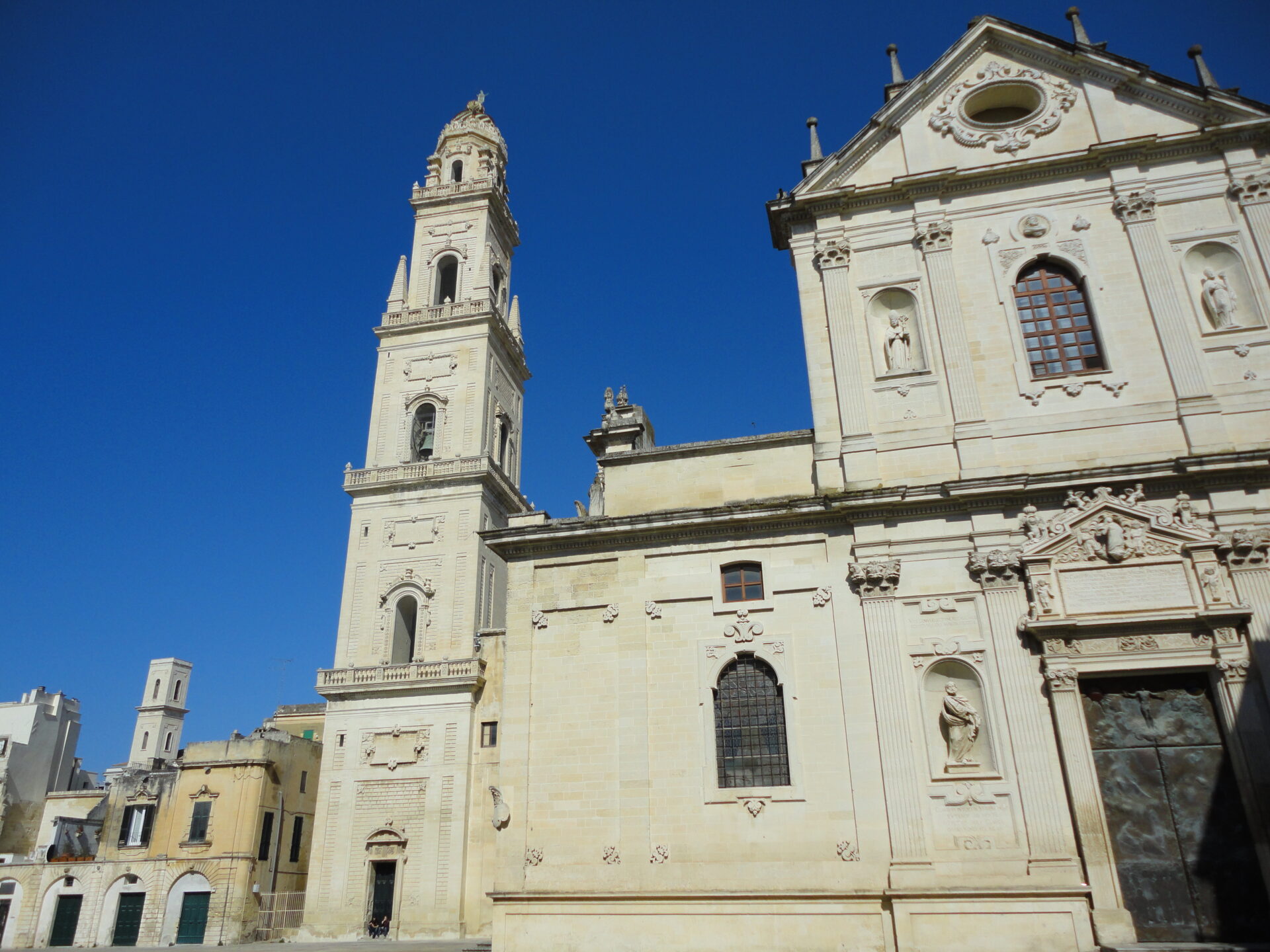
Coastal Retreats: Monopoli and Sandy Beaches
Monopoli really surprised me. This seaside town blends a working fishing harbor with winding old streets and shaded squares. I didn’t expect so many sandy beaches just steps from the center.
If you’re into swimming, calm water at Porto Ghiacciolo or Cala Porta Vecchia is perfect. Renting a bike helped me find hidden coves along the Adriatic. Monopoli’s restaurants serve the freshest seafood—grilled octopus and homemade focaccia were both simple and unforgettable.
Most days are sunny, so there’s plenty of time to sit outside. The town doesn’t usually get mobbed by tourists, so you can explore at your own pace. I always tell people to add Monopoli to their list if they want a real taste of Puglia’s coast.
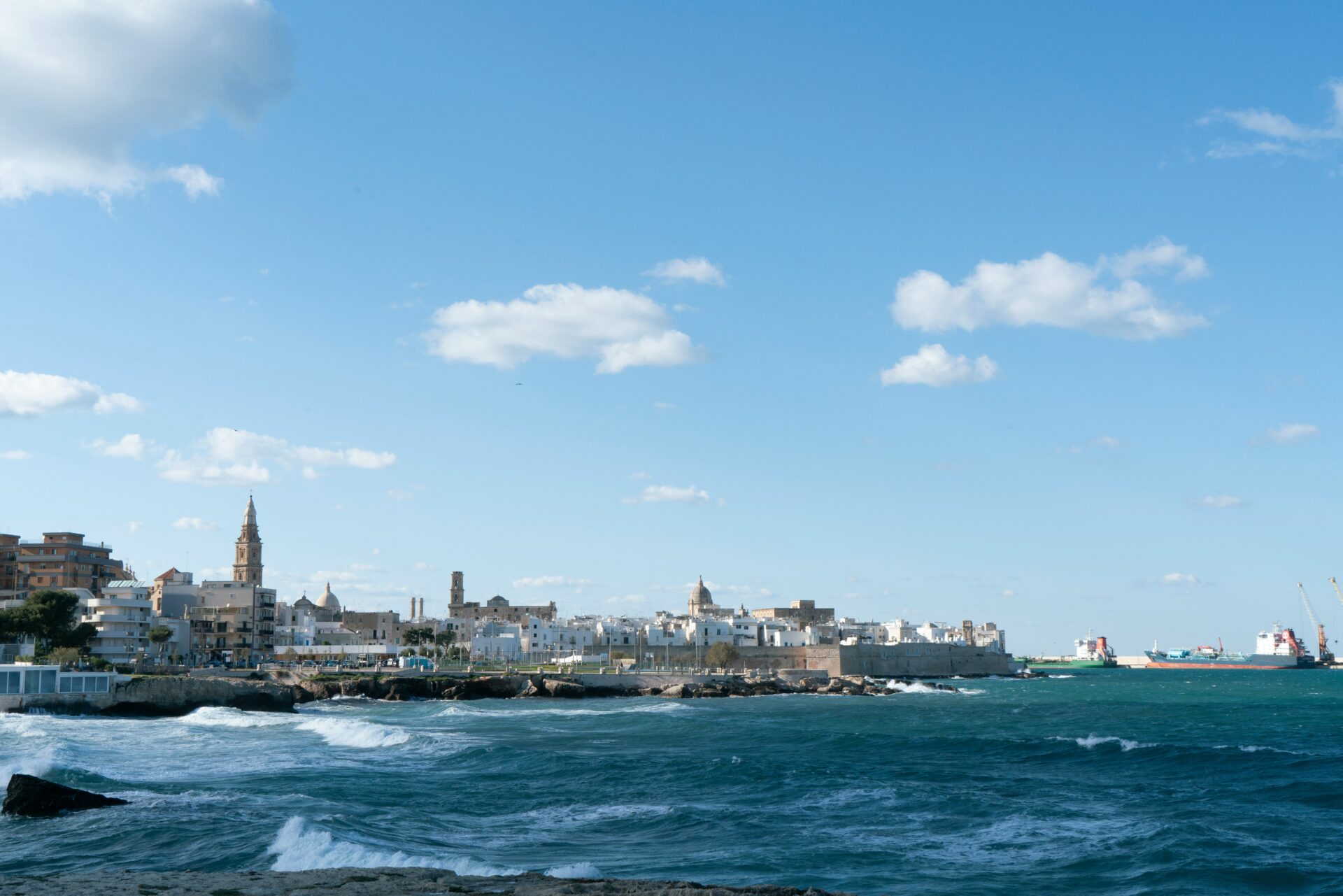
Taking in Bari’s Historic Atmosphere
Bari airport is where most trips start, thanks to all the budget flights landing here. But this city is much more than a travel hub—its old town is a maze of white stone streets and arches.
I loved strolling along the old city walls in the evening, watching locals gather and chat. The Basilica di San Nicola, with its Romanesque style, holds relics that attract visitors from all over Europe. For me, Bari shines brightest on sunny mornings, when women make orecchiette pasta by hand in the alleys.
The city’s waterfront lungomare is perfect for sunset walks, and there’s no shortage of bakeries serving fresh focaccia. Bari mixes everyday life with history, and I always look forward to coming back.
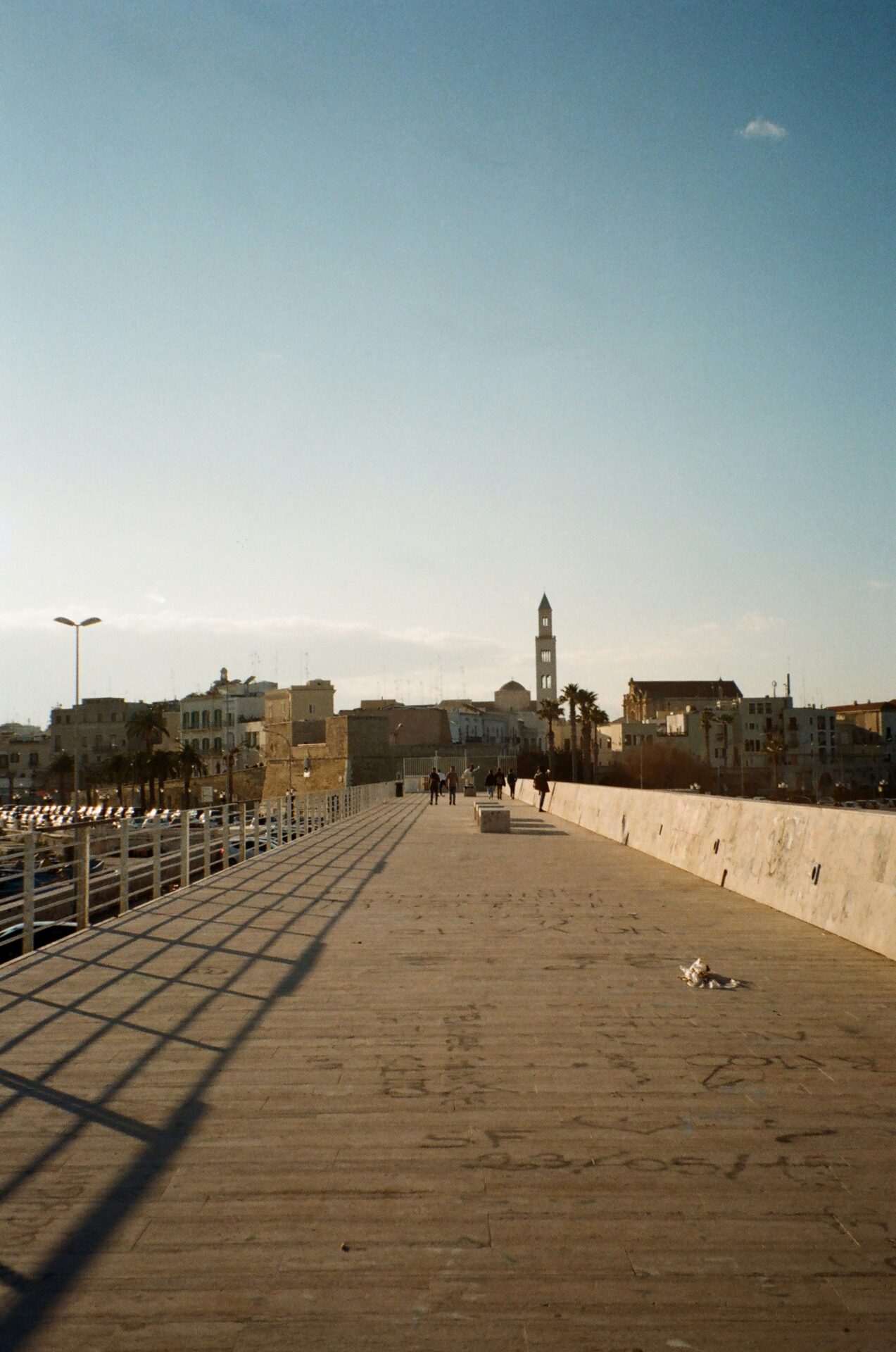
Practical Tips for Your Authentic Trulli Land Escape
Planning a trip to Trulli Land means looking beyond the crowds and finding the region’s real pace. Public transport can be a challenge, but staying in a trullo is a highlight, and saving money is totally doable if you know a few tricks.
Navigating Public Transport and Accessibility
Getting around Puglia’s Trulli Land isn’t always easy. You can reach Alberobello, the heart of Trulli Land, by train from Bari or by regional bus routes.
But train schedules feel pretty limited, and sometimes they only go as far as towns like Locorotondo or Martina Franca. That means you’ll need to grab a taxi or hop on a bus for the last stretch.
I found out quickly that buses run less often on weekends. So now, I always check local timetables before I head out.
If you’re worried about mobility, the old town’s stone lanes look beautiful but don’t really work for wheelchairs or strollers.
You’ll want to keep a digital map handy and download route info ahead of time. Renting a car gives you the most freedom, especially if you want to wander through the smaller villages in Valle d’Itria and set your own pace.
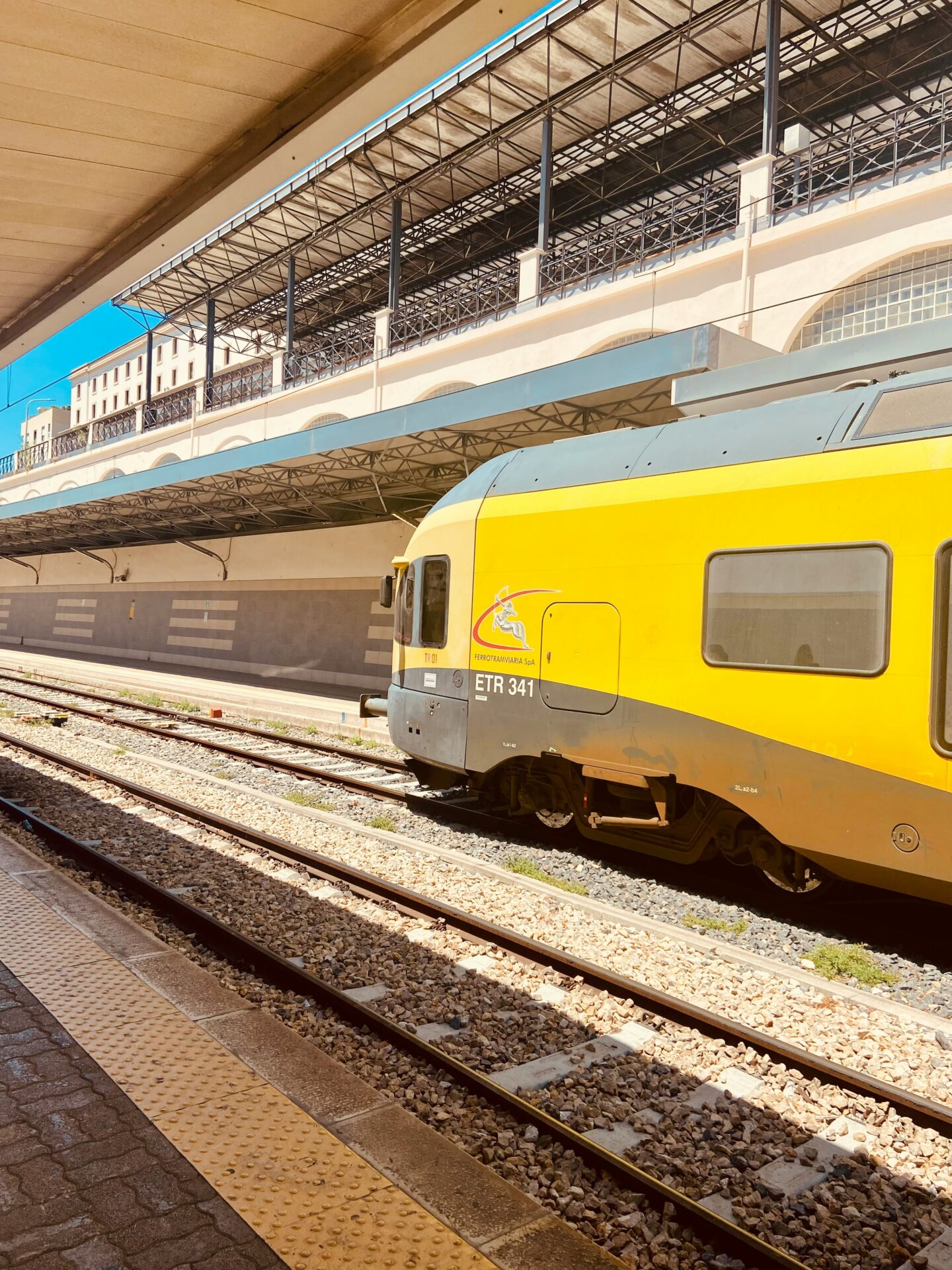
Finding Unique Accommodation Options
Staying in a traditional trullo is probably the best way to soak in the local vibe. These white houses with conical roofs pop up all over Alberobello, but honestly, not all of them feel the same.
Some are family-run B&Bs hidden down quiet alleys. Others are renovated homes you’ll find on rental platforms.
I usually pick places with solid reviews and those little authentic touches—maybe a homemade breakfast or local decor. If you want the real insider experience, some hosts even offer neighborhood tours or cooking classes with Puglian recipes.
Booking early pays off, especially in spring and early fall when the region buzzes but isn’t totally packed.
If every trullo is booked up, don’t stress. I’ve found that countryside masserias (farmhouses) or small guesthouses in nearby towns can be just as cozy—and often pretty affordable.
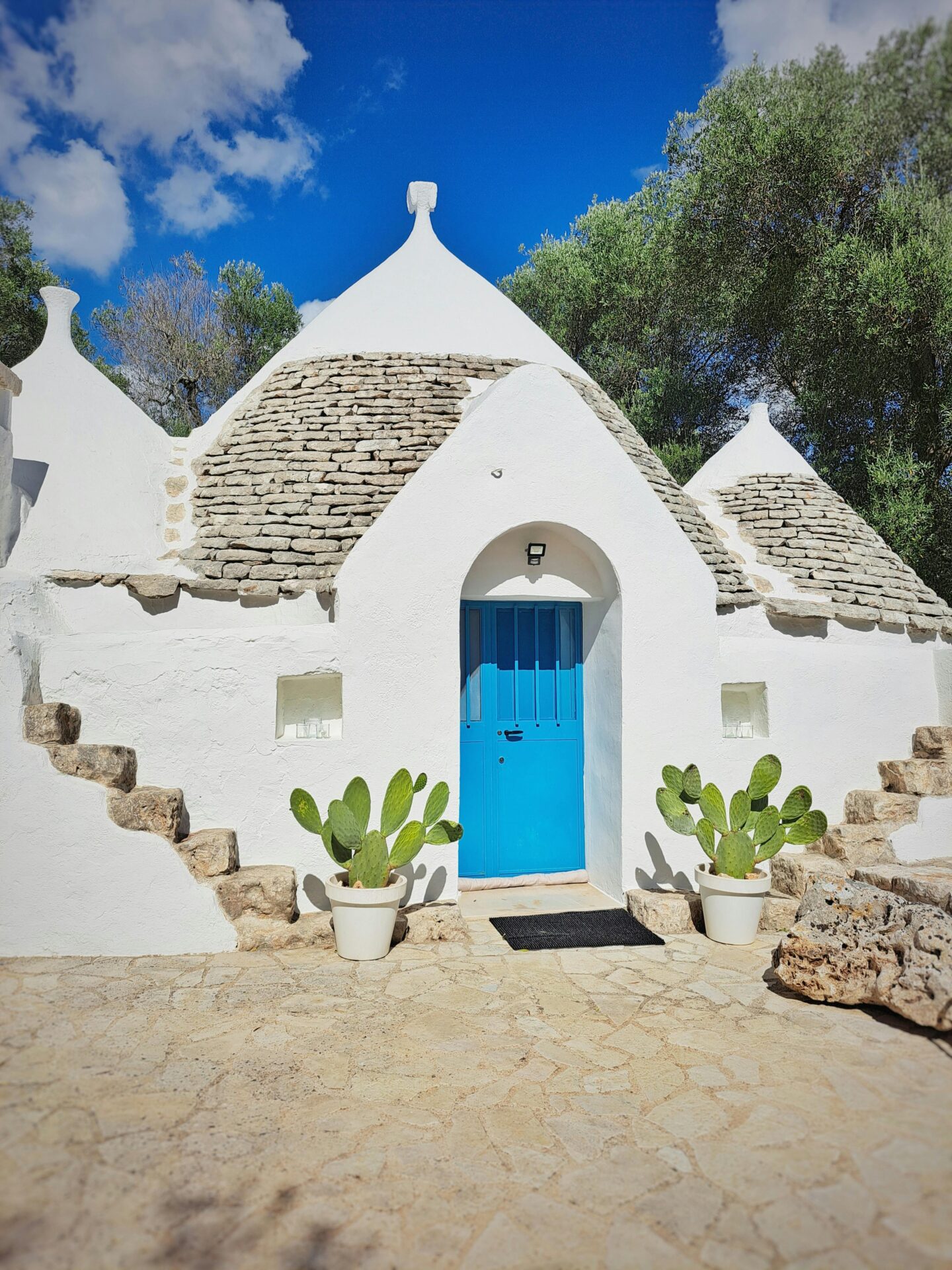
Budget Travel: Free Admission and Affordable Choices
You probably won’t need a visa for a short trip if you’re coming from Europe or North America. Still, I always double-check the official government site before booking anything.
Some of Trulli Land’s best spots, like wandering Alberobello’s Rione Monti district, don’t cost a cent. The UNESCO-listed trulli area invites everyone to wander around and snap photos.
If you’re on a budget, local bakeries and street food carts serve up cheap, delicious meals. Focaccia and panzerotti ended up as my go-to lunches—honestly, I could eat them every day.
A few churches and smaller museums sometimes let people in for free, depending on the day. I usually ask at the tourist office when I get there, just in case I can catch a deal.
Daily bus and train tickets make it easier to save on transport. I’ve noticed that traveling in late April or September means better prices and fewer crowds.
You still get the magic of Trulli Land, just with a little more breathing room.

